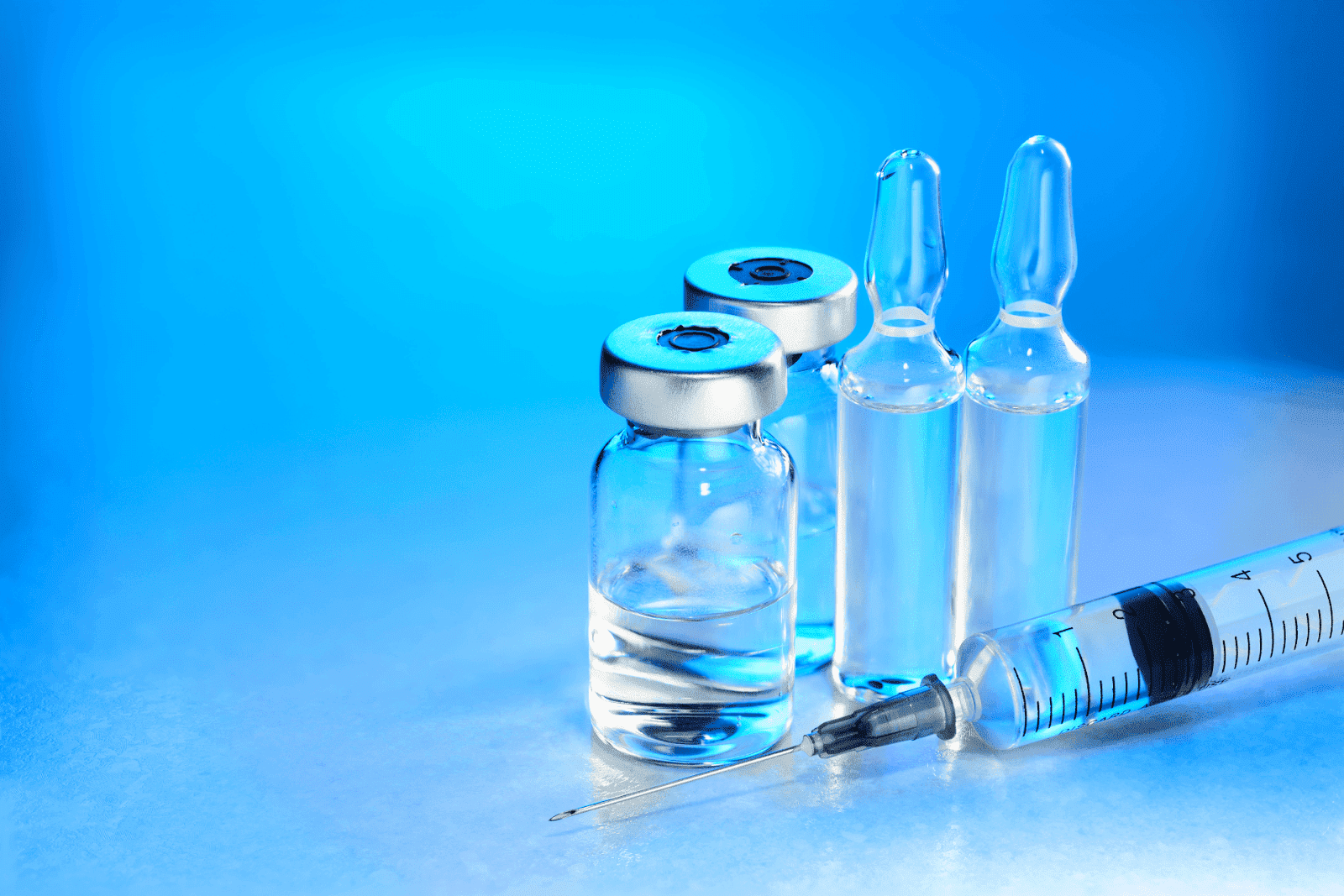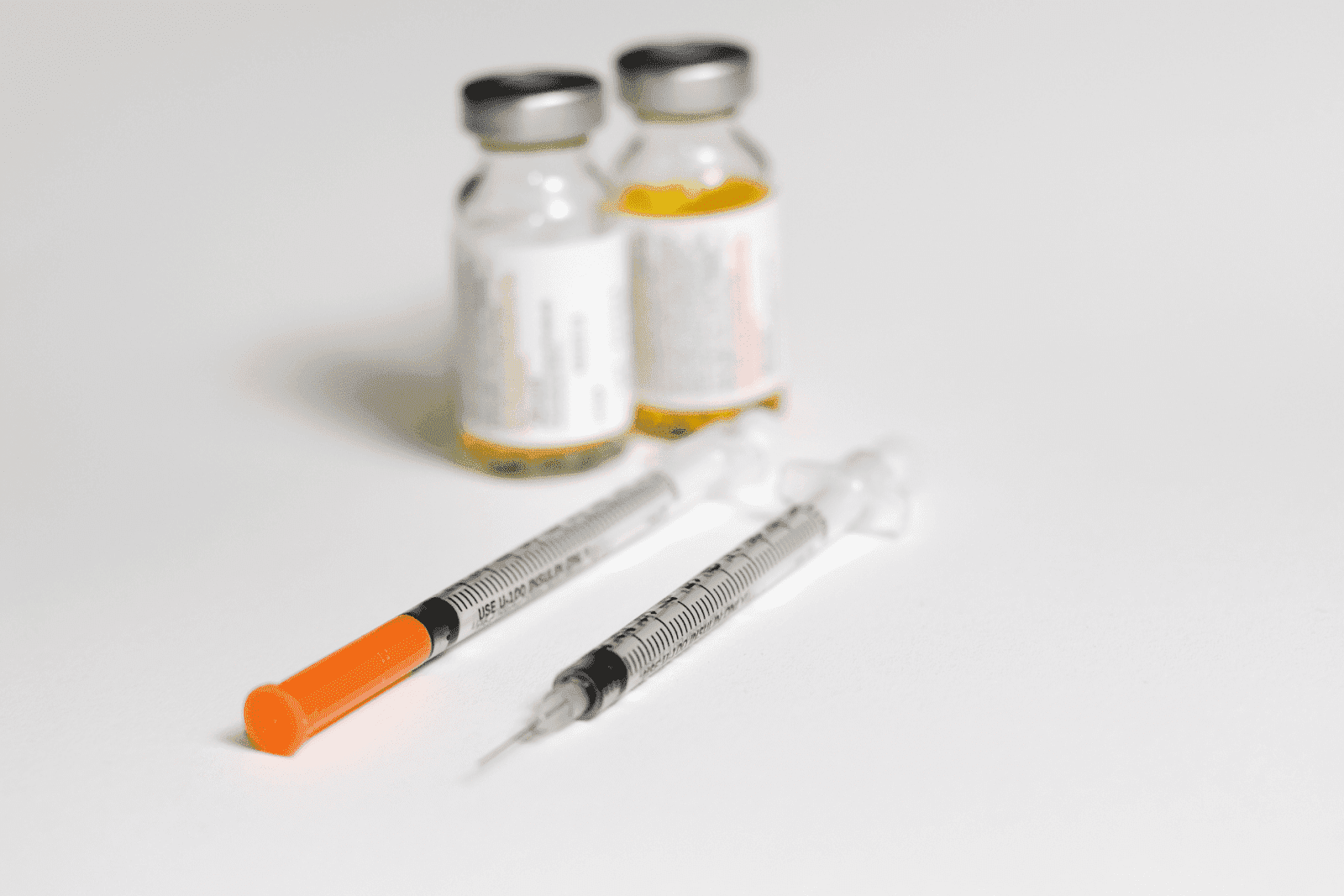Semaglutide to Tirzepatide Dose Conversion Guide
Managing type 2 diabetes and obesity has seen significant advancements with the introduction of GLP-1 receptor agonists like semaglutide and the newer dual agonist [...]
Read More
Medically reviewed by Abhijit Bhattacharyya | MD, PhD, MBA, Tufts University School of Medicine - Miami, Florida on October 15th, 2025.
Managing type 2 diabetes and obesity has seen significant advancements with the introduction of GLP-1 receptor agonists like semaglutide and the newer dual agonist tirzepatide. Both medications have shown remarkable efficacy in controlling blood sugar levels and promoting weight loss, but transitioning between them requires careful dose conversion to maintain therapeutic benefits and minimize side effects.
Whether you are a healthcare provider or a patient exploring treatment options, understanding the nuances of dose conversion between semaglutide and tirzepatide is essential. This guide will walk you through the key differences between these drugs, the principles behind dose conversion, and practical tips for a smooth transition.
Additionally, for those seeking convenient and affordable telehealth consultations to discuss medication adjustments or new treatment plans, Doctronic.ai offers 24/7 video visits with licensed doctors across all 50 states. Their AI-powered platform combines the latest in medical research with personalized care, making it an excellent resource for managing chronic conditions like diabetes.
 Understanding Semaglutide and Tirzepatide
Understanding Semaglutide and TirzepatideSemaglutide is a glucagon-like peptide-1 (GLP-1) receptor agonist widely prescribed for type 2 diabetes and obesity management. It works by stimulating insulin secretion, suppressing glucagon release, slowing gastric emptying, and reducing appetite. Semaglutide is available in injectable forms such as Ozempic and Wegovy, with dosing typically starting low and gradually increasing to minimize gastrointestinal side effects. In clinical practice, patients often report significant weight loss and improved glycemic control, which can lead to enhanced overall health outcomes. The medication has also been associated with cardiovascular benefits, making it a multifaceted treatment option for those at risk of heart disease.
Tirzepatide is a newer medication that acts as a dual agonist on both GLP-1 and glucose-dependent insulinotropic polypeptide (GIP) receptors. This dual action enhances insulin secretion and improves metabolic control more robustly than GLP-1 agonists alone. Clinical trials have demonstrated tirzepatide’s superior efficacy in reducing HbA1c and body weight compared to semaglutide, making it an attractive option for patients needing intensified therapy. Additionally, tirzepatide has shown promise in improving beta-cell function, which is crucial for insulin production, thereby addressing one of the underlying issues in type 2 diabetes. The flexibility in dosing, with options ranging from once weekly to potentially more frequent administration, offers healthcare providers the ability to tailor treatment to individual patient needs.
While both drugs share similar mechanisms, tirzepatide’s dual receptor activity leads to differences in potency and side effect profiles. Tirzepatide doses range from 2.5 mg to 15 mg weekly, whereas semaglutide doses typically max out at 2 mg weekly for diabetes and up to 2.4 mg for weight management. These differences mean dose conversion is not a straightforward milligram-to-milligram swap but requires clinical judgment and patient monitoring. It is essential for healthcare providers to consider factors such as patient tolerance, treatment goals, and the specific metabolic responses observed during therapy. Furthermore, ongoing research is exploring the long-term effects and safety profiles of both medications, which will be critical in guiding future treatment protocols and ensuring optimal patient outcomes.
Switching from semaglutide to tirzepatide or vice versa without proper dose adjustment can lead to suboptimal blood sugar control or increased side effects such as nausea, vomiting, or hypoglycemia. Dose conversion ensures that patients receive an equivalent therapeutic effect while maintaining safety. Understanding these principles is crucial for healthcare providers, as inappropriate dosing can not only affect glycemic control but also impact a patient's overall quality of life. For instance, patients who experience severe side effects may become discouraged and less compliant with their treatment regimen, potentially leading to worse health outcomes.
Currently, there is no universally accepted formula for converting semaglutide doses to tirzepatide due to limited head-to-head studies. However, clinical experience and trial data suggest the following approximate equivalencies:
Semaglutide 0.5 mg weekly roughly corresponds to tirzepatide 2.5 mg to 5 mg weekly.
Semaglutide 1 mg weekly corresponds to tirzepatide 5 mg to 7.5 mg weekly.
Semaglutide 2 mg weekly corresponds to tirzepatide 10 mg to 15 mg weekly.
These ranges reflect tirzepatide’s higher potency and dual mechanism of action. Starting tirzepatide at the lower end of the equivalent dose range and titrating up is recommended to improve tolerability. It is also important to consider the pharmacokinetics of both medications, as they differ in their half-lives and peak action times. This understanding can help clinicians anticipate how quickly a patient might respond to the new medication and adjust follow-up plans accordingly.
Each patient’s response to therapy varies based on factors such as kidney function, gastrointestinal tolerance, and comorbidities. Close monitoring during dose transitions is essential. Patients should be educated about potential side effects and encouraged to report any adverse symptoms promptly. Furthermore, it is beneficial to involve patients in the decision-making process regarding their treatment. By discussing the rationale behind dose conversions and the expected outcomes, healthcare providers can foster a sense of ownership and responsibility in patients, which may enhance adherence to the new regimen. Additionally, regular follow-ups can help in fine-tuning the dosage and addressing any emerging concerns, ultimately leading to a more personalized and effective treatment strategy.
When switching from semaglutide to tirzepatide, it is best to stop semaglutide and initiate tirzepatide at a low dose, typically 2.5 mg weekly, regardless of the semaglutide dose. This approach helps reduce gastrointestinal side effects, which are common with GLP-1 receptor agonists. The tirzepatide dose can then be increased every 4 weeks based on efficacy and tolerability.
Regular follow-up appointments are critical during the transition period. Monitoring blood glucose levels, weight changes, and side effects will inform dose adjustments. Telehealth services such as Doctronic.ai provide a convenient way to maintain ongoing communication with healthcare providers, ensuring timely support without the need for in-person visits.
Patients should be informed about the importance of adherence, recognizing symptoms of hypoglycemia, and managing common side effects like nausea and diarrhea. Providing clear instructions on injection technique and storage is also vital for treatment success.
Telehealth platforms like Doctronic.ai have transformed how patients access medical care. With 24/7 availability across all 50 states, patients can discuss dose conversions, medication side effects, and new symptoms at any time from the comfort of their own home. This is especially beneficial for chronic conditions requiring frequent adjustments.
Doctronic’s AI doctor synthesizes the latest peer-reviewed medical research to provide fast, accurate, and personalized answers. It remembers patient history and tailors recommendations accordingly, offering a level of individualized care that complements traditional telehealth consultations.
Both semaglutide and tirzepatide represent powerful tools in the fight against type 2 diabetes and obesity. Understanding how to convert doses safely and effectively between these medications can maximize patient outcomes and minimize risks.
Leveraging telehealth services like Doctronic.ai can facilitate seamless transitions and ongoing management, providing patients with expert guidance whenever needed. As research continues to evolve, staying informed and working closely with healthcare providers remains the cornerstone of successful diabetes care.
 Empowering Your Health Journey
Empowering Your Health JourneyTransitioning between semaglutide and tirzepatide requires careful dose conversion, thorough patient education, and ongoing monitoring. With the right approach, patients can fully benefit from these innovative therapies.
For expert advice and convenient telehealth access to licensed doctors, consider using Doctronic.ai. Their AI-driven platform is revolutionizing primary care by combining cutting-edge medical knowledge with personalized attention, making it easier than ever to manage your health effectively.
Embrace the innovation of diabetes management with Doctronic, the #1 AI Doctor, and take advantage of our free AI doctor visits. Get instant, personalized medical insights for your transition from semaglutide to tirzepatide, and follow up with our affordable 24/7 telehealth video visits available in all 50 states. Over 10 million people have trusted Doctronic for smarter, faster, and more personal healthcare. Skip the line. Talk to an AI Doctor Now, for free.
Managing type 2 diabetes and obesity has seen significant advancements with the introduction of GLP-1 receptor agonists like semaglutide and the newer dual agonist [...]
Read More